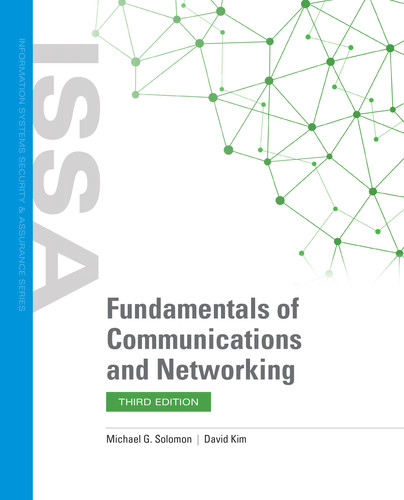The Web’s Impact on Business
Easy and reliable access to the Internet and the web changed more than just how people communicate. It also revolutionized how organizations conduct business. Physical places of commerce, often called brick-and-mortar stores, now have global reach by extending business to include customers that are not geographically nearby the physical store. The practice of doing business with remote customers over the Internet is commonly called e-commerce. E-commerce changed how organizations carry out business transactions, and the web changed how organizations market their goods.
E-commerce Business Models
Today’s customers can use e-commerce to buy goods and services from a vendor online. In current business environments, the vendor’s presence on the Internet is almost always a website. A website makes it easy for customers to interact with organizations using generic, standard software and the Internet. Customers can exchange information and conduct business activities that used to require a physical presence. They can exchange information of all types, including private data such as checking account or credit card information. The potential for private data exchange means that organizations that conduct e-commerce must take measures to protect their customers’ data.
E-commerce provides organizations with more than just the ability to interact with their customers. In fact, e-commerce supports three primary business models. The first model, business to consumer (B2C), focuses on conducting business with customers. The second model, business to business (B2B), focuses on conducting business with other organizations. The third model, business to government (B2G), focuses on doing business with government agencies. TABLE 1-2 describes the three common e-commerce models.
| MODEL | DESCRIPTION | FEATURES |
|---|---|---|
| Business to consumer (B2C) | Also called business to customer, this model describes business activities that involve providing products or services directly to end consumers. The most common B2C activities involve retail sales. |
|
| Business to business (B2B) | Describes activities that involve doing business with other businesses. B2B interactions often occur in the supply chain prior to B2C. Common B2B interactions take place between manufacturers and wholesalers. |
|
| Business to government (B2G) | Describes activities that support business activities between commercial organizations and government agencies, also called public sector organizations (PSO). |
|
Data from ExamGuides.com.
Solving E-commerce Business Challenges
The web expanded the Internet from a large network to a global online market in just a few short years. Very few people predicted the long-range impact and how it would affect the methods of conducting business. Organizations of all types must now consider the online aspects of advertising, sales, marketing, and customer/partner management. These activities extend the traditional methods of reaching and interacting with customers and partners. Television, radio, print media, and telephones are no longer sufficient to find customers and meet their changing needs. Today’s business demands an online presence, and organizations must respond to these demands to remain competitive. The new challenges that face organizations in today’s connected business environment include:
- How to expand business offerings using the web
- Converting an existing organization to enable e-commerce
- Ensuring data security and privacy for online customers and business partners
- Incorporating online technology into the organization’s core business activities
- Keeping up with new technologies
- Using online resources and capabilities to reach new customers and develop ongoing relationships with them
It takes more than just a website to solve the many challenges of transforming a traditional business model into an e-commerce model. There are many things to consider and pitfalls along the way. The first important decision is which model will be the primary model. Will your organization become primarily an online entity, or will e-commerce support the traditional activities? How will you continue to interact with existing customers? How will you find new customers? These are just some of the questions to get the process started. Organizations transitioning to an online model have to understand how to use online resources to find new customers and business partners. Once they find new prospects, they must provide the right services to convert the prospects into repeat customers or long-term business partners.
Today’s population is generally Internet savvy. They are comfortable using the Internet and the web to find products and services. They routinely make online purchases and communicate online. Not everyone is an Internet guru, but most people can tell the difference between a website that is easy to use and one that is difficult to use. Creating a good website to conduct e-commerce can be difficult. An organization understands its customers and partners and needs to ensure that its website meets those customers’ and partners’ current needs. A well-designed website also should anticipate future user needs and provide the flexibility to change based on demand. The overall goal of an online presence is to “attract as many people as possible, interest them enough to keep them there, and meet their needs to encourage them to return in the near future.” FIGURE 1-10 shows the process of transforming a traditional business model into an online model.

FIGURE 1-10 Transforming a traditional business model into an online model.
Customers and partners who find what they want at an organization’s online presence will likely continue to do business with that organization. If they can’t find what they’re looking for, or if they find the e-commerce solution difficult to use, they will leave the website and search for a better one. Keep in mind that an online presence is often more than a website. Social media, review and opinion apps, and company-specific apps designed to engage or assist customers all contribute to building and retaining a customer base.
